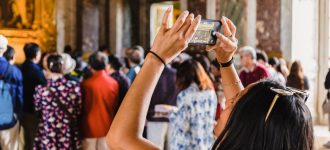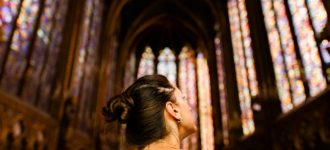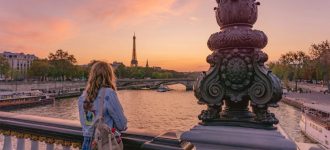When you think about going to look at great art, a few museums come to mind: the Metropolitan Museum of Art in New York City, the Uffizi Gallery in Florence, the National Gallery in London, the Prado in Madrid, for example.
But no cities as a whole can compare to the impressive art collections found in the City of Lights. Paris is synonymous with art. Famous paintings in Paris are on exhibit throughout the city’s renowned art museums and galleries that boast some of the most iconic paintings on the planet.
Obviously, taking in all of this glorious artwork would take a lifetime, but for those that want to see the best of the best, we’ve got you covered. Here is a list of the 10 most famous paintings in Paris to check out on your next French adventure.
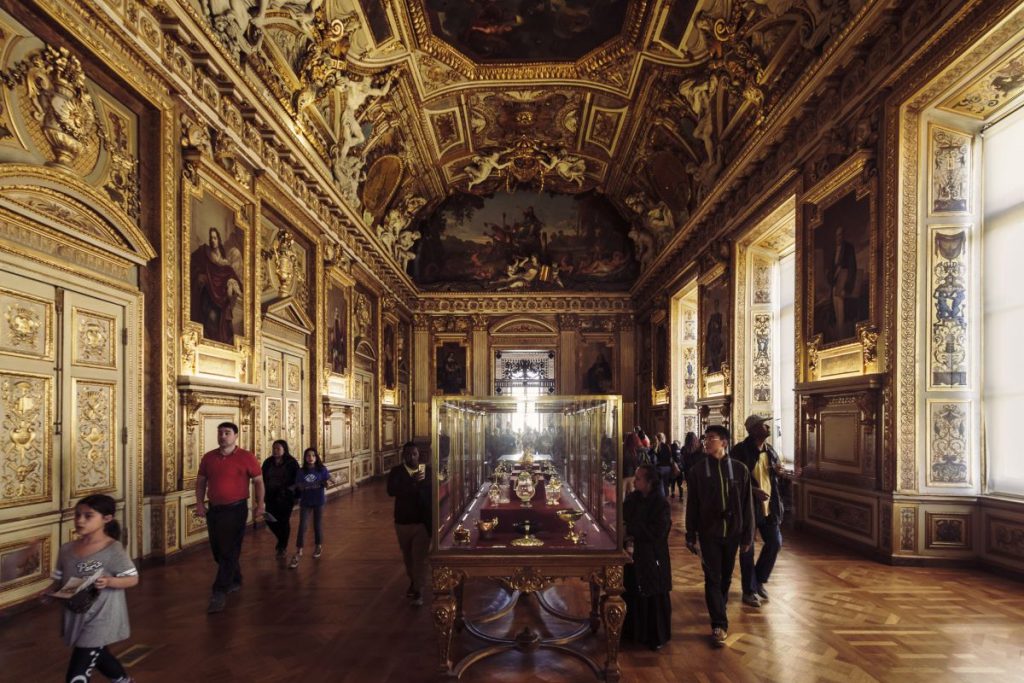
Why Paris is a Hub for Iconic Art?
For centuries, Paris has become somewhat of a cultural magnet, drawing poets, writers, photographers, dancers, philosophers, artists, and fashion designers from all over the world. As a result, Paris is filled with artistic communities and vibrant neighborhoods that inspire almost everyone who is able to explore them. In short, Paris is a beacon of creativity, romance, and inspiration for all forms fo art.
Today, Paris boasts some of the world’s most renowned museums and art galleries, including the Louvre, Musée d’Orsay, and Centre Pompidou—all of which house works by some of the most talented artists in history. From Van Gogh and Caravaggio to Renoir and more, come along as we explore the most famous paintings in Paris, their fascinating stories, and where to find them.

Insider’s Tip: Like the Louvre, the Musée d’Orsay is crowded from opening to closing. To make the most out of your time there, sign up for a Skip-the-Line Fully Guided Tour where an art-enthusiast guide will lead you to iconic works of Van Gogh, Manet, Cezanne, Monet, and Renoir.
Unmissable Masterpieces at The Louvre
Death of the Virgin by Caravaggio
Location: Louvre
The late-Renaissance bad boy of the Italian art world, Caravaggio originally painted this work for a papal lawyer and it was to be installed in the church of Santa Maria de la Scala in Rome’s Trastevere neighborhood. But because of the controversial subject matter, the painting never made it to a church. Even worse, at the time there were whispers that the model who stood as Virgin Mary in the painting was actually a prostitute.
The painting, completed in 1606, ended up in France in 1671 in a private collection. But after the French Revolution in 1789, the painting was officially owned by the state of France where it ended up in the Louvre.

The Coronation of Napoleon by Jacques-Louis David
Location: Louvre
Not only is this one of the most famous paintings in Paris, but it’s also one of the largest! This grand 33-foot-long painting at the Louvre was first commissioned in 1808. This is maybe what the scene looked like when Napoleon Bonaparte became emperor. At least the way that artist Jacques-Louis David saw it. The piece, which has been in the Louvre since 1889, is really art as an early-19th-century piece of political propaganda

St. Michael Vanquishing Satan by Raphael
Location: Louvre
In this painting, the archangel St. Michael is standing on Satan’s back, implicitly saying, “Not today, Satan!” The artwork is a late-Renaissance masterpiece by Raphael about God’s struggle to rid the world of evil. The master painter finished the piece around 1515 for Pope Leo X. By the year 1667, though, French king Louis XIV had his hands on the Raphael masterpiece and installed it in the Louvre where it has been on display ever since.

Liberty Leading the People by Eugène Delacroix
Location: Louvre
Many people mistake the subject of this legendary painting to be the French Revolution. It’s not. Instead, Delacroix painted a near mythical scene of the July Revolution of 1830 that saw the end of King Charles X’s reign as the French monarch. The allegorical painting, finished in Autumn 1830, is now exhibited at the Louvre.

Mona Lisa by Leonardo da Vinci
Location: Louvre
Oh yeah, the Mona Lisa. Of course, we couldn’t forget what is perhaps the most iconic, recognizable painting in the history of humanity. You can’t forget it. Nor can you really see much of it these days because this legendary painting at the Louvre is an A-list celebrity, constantly mobbed by camera-phone wielding visitors who are elbowing, pushing, and shoving their way to get a better view of the famously coy and mysterious subject of Leonardo da Vinci.
Our tips to see the beautiful enigmatic lady is to either get in line early before the Louvre opens so you can make a mad dash to Mona in order to have her by yourself for a few seconds, or just accept that there will always be a mob of people between you and Mona and that’s okay.
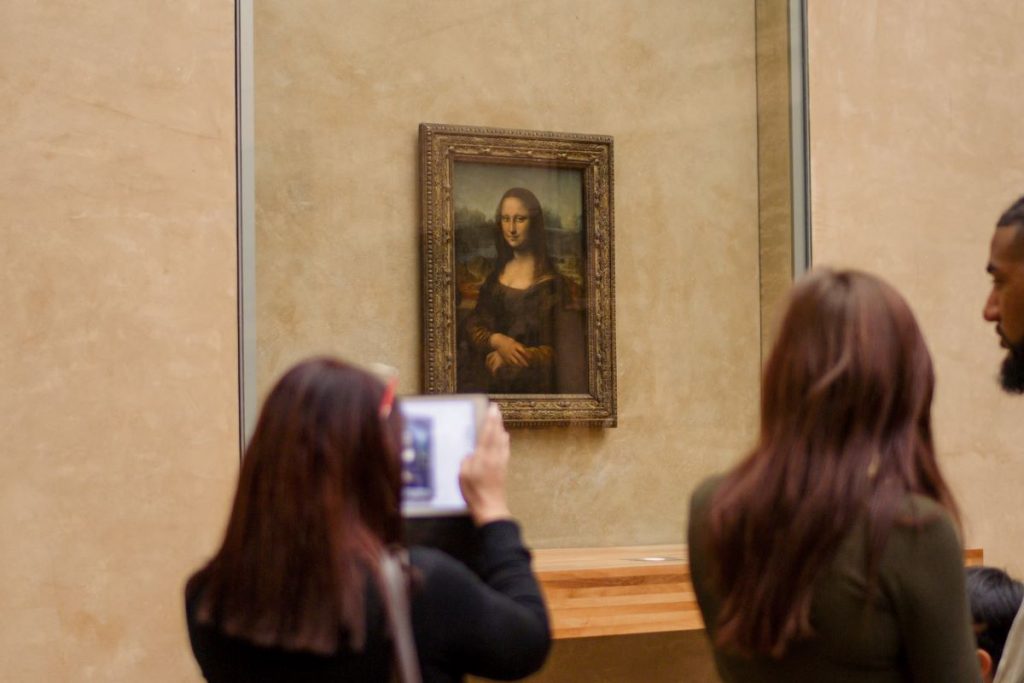
Let’s face it: visiting the Louvre is intimidating. There are more than 35,000 distinct works of art on display at any given time. You can learn (much, much) more about Mona Lisa, in particular, and other famed works of art by taking our Complete Louvre Tour. To make the most of your visit, make it easy on yourself and let a professional tour guide lead you on a carefully-planned route that goes far beyond the flagship masterpieces.
Top Artworks to See at Musée d’Orsay
Self-Portrait by Vincent van Gogh
Location: Musée d’Orsay
No list of famous paintings in Paris would be complete without at least one of Van Gogh’s brilliant works. Van Gogh painted a large handful of paintings that are now “must-see” pieces of art, depending on what city you’re in. But in Paris, his iconic self-portrait is worth seeking out. Of course, you need not go far. Vincent van Gogh’s “Self Portrait” is at the Musée d’Orsay, along with dozens and dozens of other iconic works of art.
Painted in 1889 in the south of France, the painting is of the artist himself because at the time he lacked the money to pay for a model to sit for him. Van Gough frequently lacked cash, which is why there are now 31 other self-portraits of the artist elsewhere in the world.

Bal du Moulín de la Galette by Piere-Auguste Renoir
Location: Musée d’Orsay
Painted in 1876, Renoir’s famed “Bal du Moulín de la Galette” was exhibited a year later at the third Impressionist exhibition in Paris. It created quite a stir. The painting depicts some 19th century dance party and debauchery in Paris’ Moulín de la Galette in the Montmartre neighborhood. If you want a closer look at Montmartre, join an informative and fun guided walking tour of Montmartre.

Luncheon on the Grass by Édouard Manet
Location: Musée d’Orsay
Located in the Musée d’Orsay, “Luncheon the Grass” was a scandalous work of art in its day. It was first painted in 1863. And upon unveiling it, the art-viewing public was scandalized because of the subject matter: the nude woman in the forefront of the painting is looking out at the spectator with such confidence and authority that it was seen as threatening at the time.
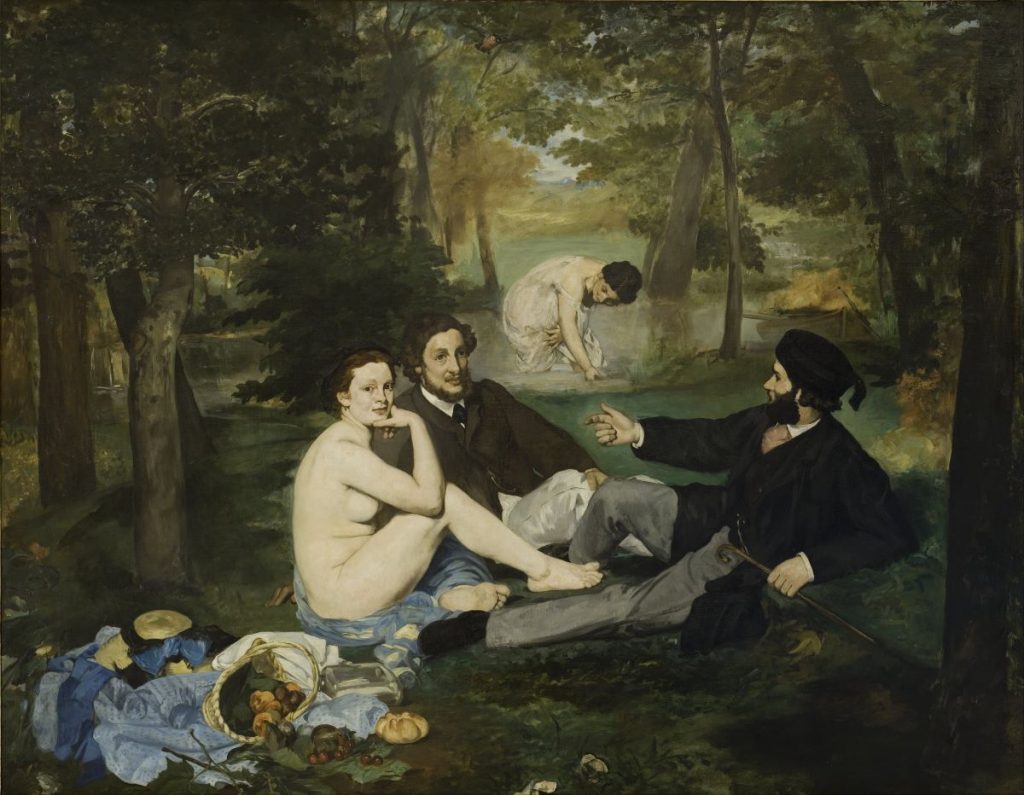
Insider’s Tip: Like the Louvre, the Musée d’Orsay is crowded from opening to closing. To make the most out of your time there, sign up for a Skip-the-Line Fully Guided Tour where an art-enthusiast guide will lead you to iconic works of Van Gogh, Manet, Cezanne, Monet, and Renoir.
What to see in the Musée Picasso in Paris
Portrait of Dora Maar by Pablo Picasso
Location: Musée Picasso
Painted in 1937, the Portrait of Dora Maar is an oil on canvas located in the Musée Picasso in Paris. Dora Maar was a French photographer and poet who became the lover of the famed Spanish painter for nearly a decade. Picasso painted a small handful of other portraits of Dora Maar, but this one is the most famous.

Hidden Art Gems: Lesser-Known Masterpieces Worth Seeing in Paris
Water Lilies by Claude Monet
Location: Musée de l’Orangerie
If you’re like the character George Costanza in the ‘90s American TV sit-com “Seinfeld” and love French Impressionism for the “soothing pastoral images,” then get yourself to the Musée de l’Orangerie where you can find an installment of Claude Monet’s famous “Water Lilies.”
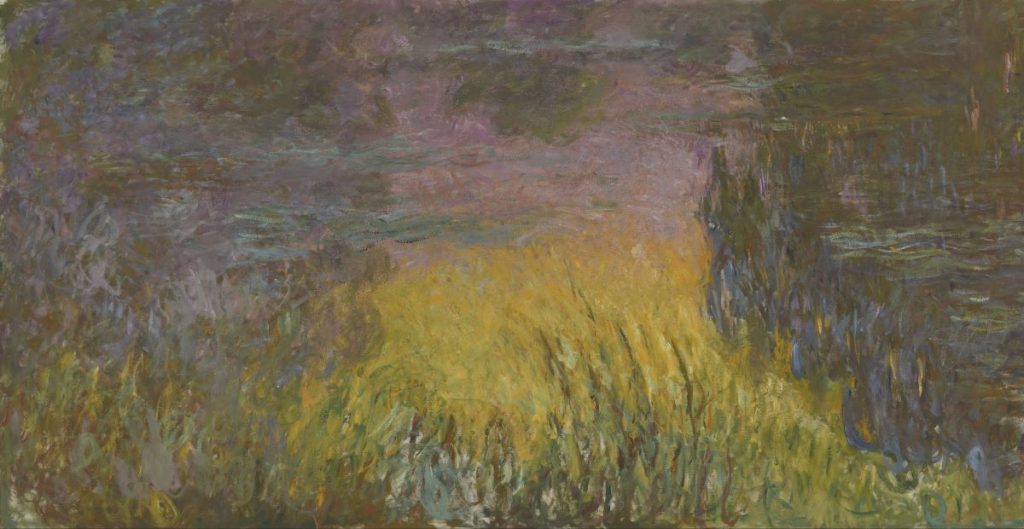
Although we wouldn’t really call this a lesser-known masterpiece, after all, it is one of the most famous paintings in Paris, the piece is located in the Musée de l’Orangerie, which is perhaps one of the most underrated museums in Paris. If you have time, you must visit the museum to see this beautiful piece of art, which has been in the museum since 1927, just a few months after the artist’s death.
Famous Paintings in Paris FAQ
What are the most famous paintings in Paris?
Paris is home to renowned works like the Mona Lisa, The Raft of the Medusa, and Liberty Leading the People.
Where can I see famous paintings in Paris?
You can visit The Louvre, Musée d’Orsay, and Centre Pompidou to view iconic art.
What is the best time to visit Paris museums?
Early mornings or weekdays are ideal to avoid crowds.
Are there any free museums in Paris?
Many museums offer free entry on the first Sunday of every month.
How do I book tickets to Paris museums?
Tickets can be booked online through official museum websites or trusted travel platforms.


